I wrote in my last post about my encounter with a darling little common carder bumblebee queen on Tuesday, and about helping her into a crocus. Here’s what’s happened since!
Wednesday 26 February was a cool day with sunny intervals and sudden heavy showers. I did briefly see the little carder once, when the crocus she was in opened up slightly during one of the periods of sunshine. I saw her moving about, and was happy to see that she was OK.
Today, Thursday the 27th, has been wall to wall sunshine all day, so I’ve been really excited about seeing the precious little one again. Around 10.45, her crocus opened up to the sun, and she crawled out. I saw that the orange fuzz on the back of her head was wet, which must have happened during the cycle of sunshine and showers yesterday: when the crocus opened up a bit when the sun shone, it can’t have closed quite quickly enough when the rain started. She wasn’t drenched anywhere else, thankfully. Maybe just a bit damp.
Below: the little carder queen, with her wet fuzz visible, on her crocus and its stem, just before 11am today.
When I went back an hour and a half later, her fuzz had dried beautifully in the sun, and she was crawling around in several crocuses and covering herself with pollen.
It’s only 9C today, the same temperature as Tuesday when it was too grey and cold for her to be able to fly, but of course the sunlight and its warmth makes all the difference. To my joy, as I was watching her on the crocuses, she started flying from one to another rather than crawling as she had done on Monday and Tuesday. See vid above, with a bonus honeybee entering stage right.
Below, a pic of the honeybee who was buzzing around in the vid.
I then watched the little carder make the first ‘long trip’ I’d seen her make, when she flew a few feet to a large patch of barrenwort which my mum planted many years ago. I heard her buzzing around in there for a minute or two.
Not sure what she was up to as I couldn’t see her, though she soon flew back to the crocuses for a few minutes to load up on pollen.
She then flew a few feet in the other direction and landed in some grass, where she groomed herself. (I’ve noticed that some of my grass is growing already, though it’s not even March yet.)
I then got distracted by another wonderful bumblebee queen, this one a buff-tail who was much larger than the little carder. She was exploring some grass in another part of my orchard a few yards away, and also had plenty of pollen stuck to her.
And when I got back, the little common carder queen was gone! Woo-hooooo! She’s fortified herself with pollen and nectar after her long hibernation, she’s had a nice rest in the crocuses and gathered her strength, and now I assume she’s gone to search for a site to make her nest. Don’t you think my orchard would be a lovely place to raise your family, little one? I do, and it would be an honour and a privilege to have you. I know there were at least a couple of common carder nests in tussocks of long mossy grass in my orchard last year, and there might have been quite a few more than that. I hope I have lots of carder nests this year, I hope I see the precious little carder queen again, and I hope I see lots of her children. May she have lots of descendants and may they thrive. I also hope that the buff-tailed bumblebee I’ve seen today decides to make a nest in my orchard too. I noticed during the winter that there are dozens of little holes in the grass at the top of the orchard that look like they were made by mice or voles, and buff-tails often make nests in old rodent burrows. I hope that this magnificent creature and plenty of her fellow buff-tails avail themselves of these facilities.
And finally, here’s hoping that we have a brilliant year for bumblebees. I’ll certainly carry on doing everything I can to help them.










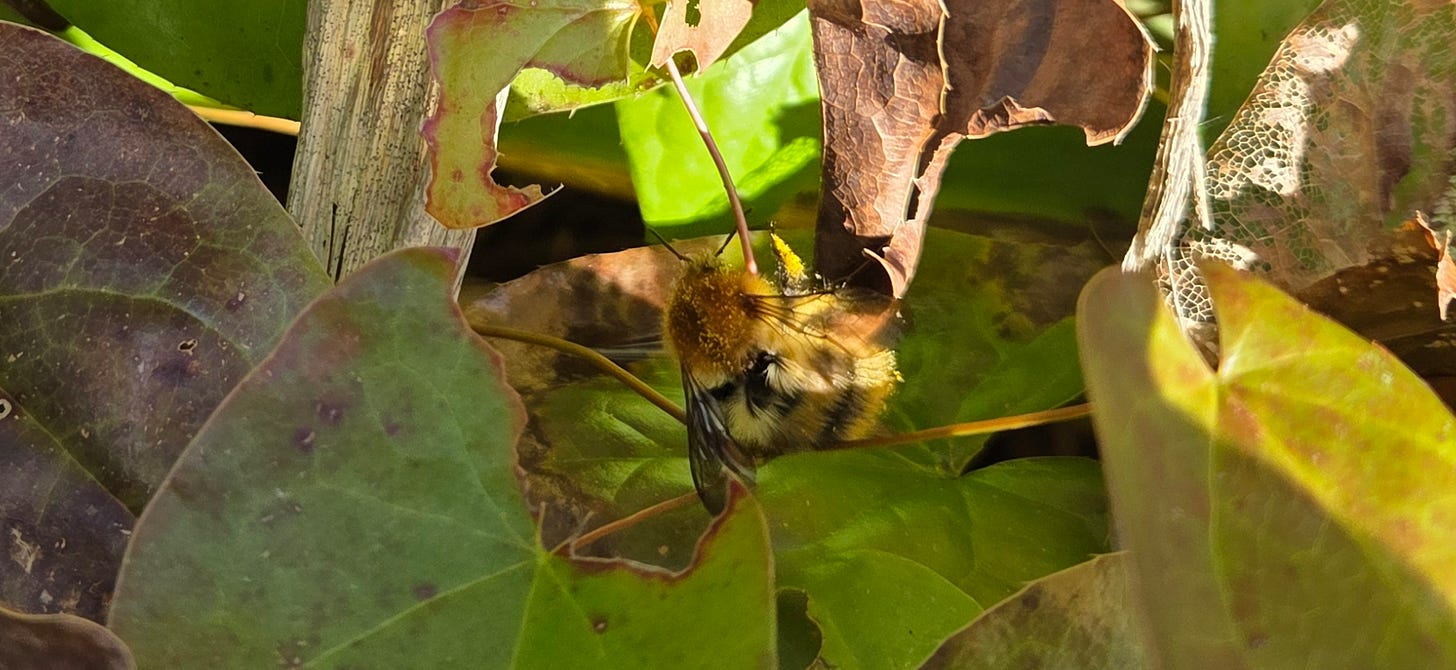
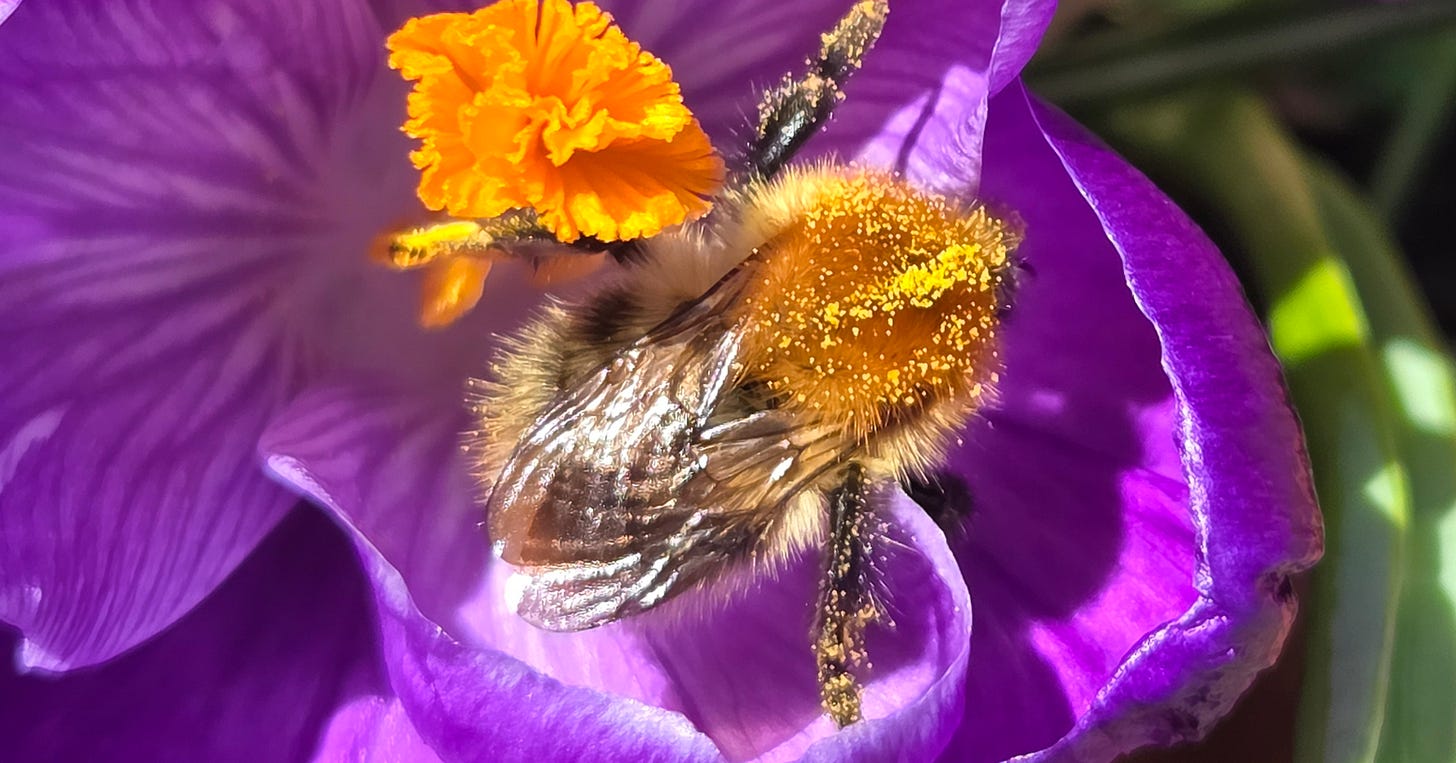




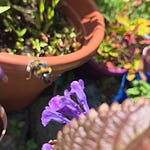

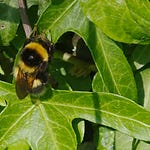
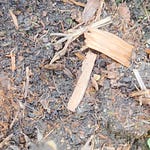

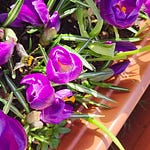

Share this post